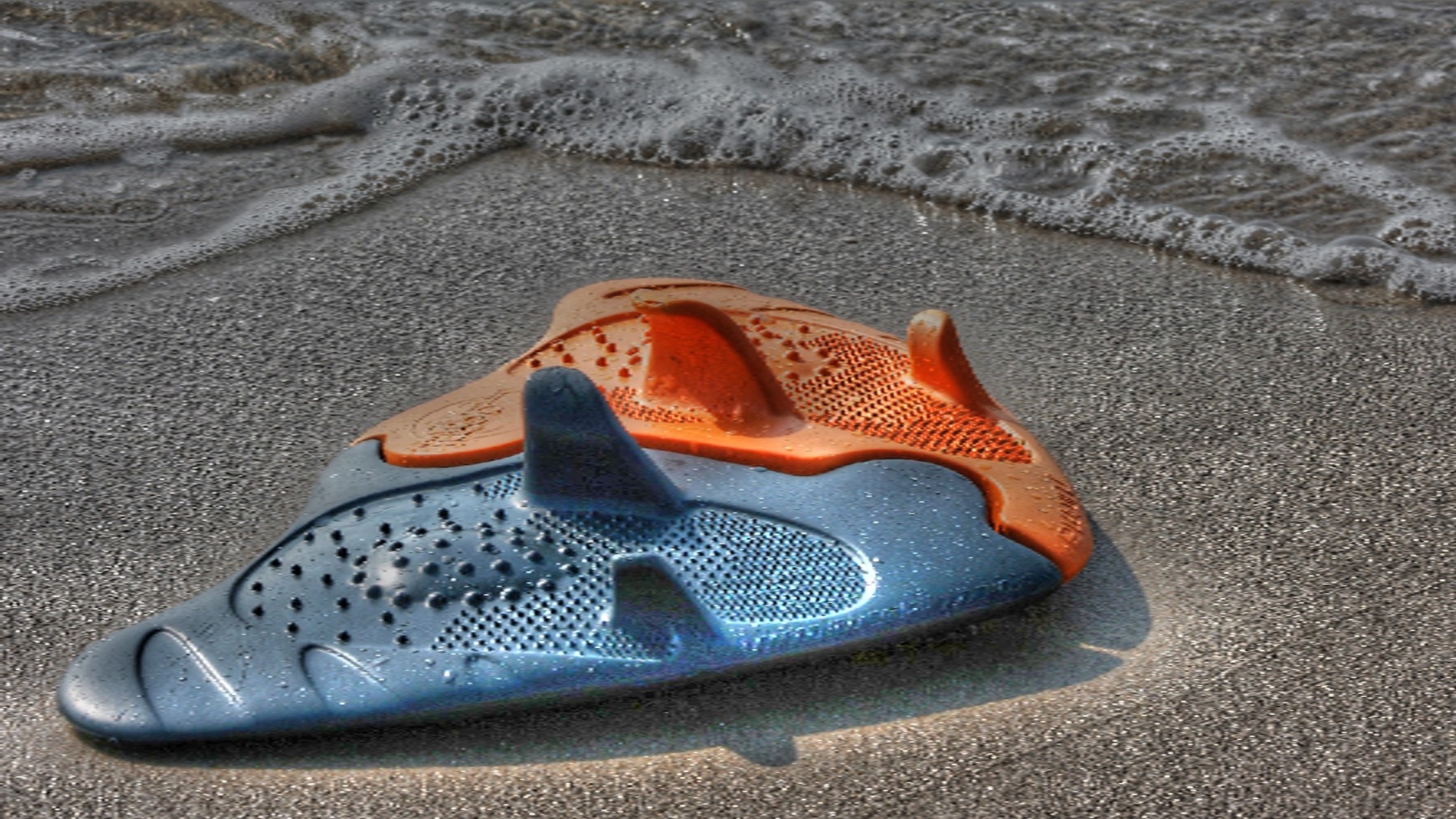Plan, coordinate and execute
Considerations to take into account while learning, training and maintening basic postures in the water movement.
Our sport has become a social activity in recent years. The number of swimming fans have increased among the current population. This evolution should go hand in hand with elements that help us understand the loss of perceptual stability and response control executed by sportsmen that paradoxically move through water. Only birds and fish use their medium as a support and obstacle, and humans, of course, insist on imitating them. The big difference is that our Motor Nervous System evolved to perceive solids rather than fluids.
In order to process everything that comes from the external and internal world to give a valid and effective response to the objectives that interest us, you need to rely on crutches that help us manage our sports trip every day. Our Sensory Nervous System, in the aquatic environment, needs to be supported, so it can judge the physical information, in which it is located, and convert it into neural information to integrate it into the necessary processes. On top of that, the Motor Nervous System transforms this information into physics again through our effector muscles and concludes with the movements. All of that is the result of an amalgam of neural processes that we need to know, control and handle clearly and for which we are not too gifted.
Learning and maintenance of basic postures in swimming are the foundations of our movement structure. Without a good positioning of our upper body, we can hardly be effective when we use our limbs to propel ourselves. Neural information that controls basic and propulsive structures travels through different ways and needs synchrony. In the same way that an athlete has to place their support points with the correct angles to have an efficient stride while keeping their center of gravity, swimmers need to start developing this support with their first phalanges because, depending on what we do with them, our support would loe its balance and our lower body would slow us down. Plan, coordinate and execute is a learning and motor control process that swimmers need to understand from Sensoriality and Perception.
In the Primary Motor Bark, also known as area four, almost all the neural network is organized, which will send the information to turn it into movement through the spine and the medulla. The final movements, the forms of execution of our swimmers, must be the result of their own interpretation through the usual channels of communication, namely auditory and visual, and specially through proprioception and touch. Coaches must use this technique to reach our athletes brains and be able to transmit our knowledge and wishes.
We have always studied, listened and practiced that using a wide range of exercises with different space-time relationships and different angles of action in the three dimensions, would give us a solid base and a high transfer in the pursuit of our objectives. From our point of view, this way of understanding motor learning should be used in the early stages of motor training of neophytes. When children seem to be playing with the use of their members and postures, their environment and objects they manipulate, they are only looking for the possibilities they have at their disposal. During that process, they establish connections between their systems using their neurons. If we extrapolate this process to aquatic activities, it would not be unreasonable to follow this path. However, we insist during the first stages of general movement scheme construction on the aquatic environment since it is forming a wide and varied network of connections.
Given the fact that our objectives are more sport oriented, not all movements will help us build an effective swimming style, nor will a large volume guarantee an elegant and effective execution. Not even shredding too many gestures will give us learning advantages. Our movements have several implicit elements with different characteristics, and knowing and mastering these processes are of vital importance for our interests.
J. Bonal Pedrón




